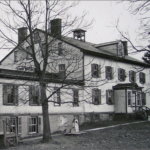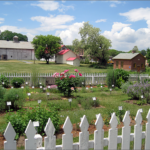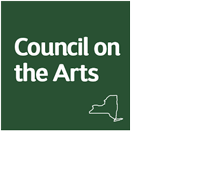Reprinted from the Fall 2020 edition of the Watervliet Shaker Journal.
Written by Johanna Batman; Edited by Lorraine Weiss
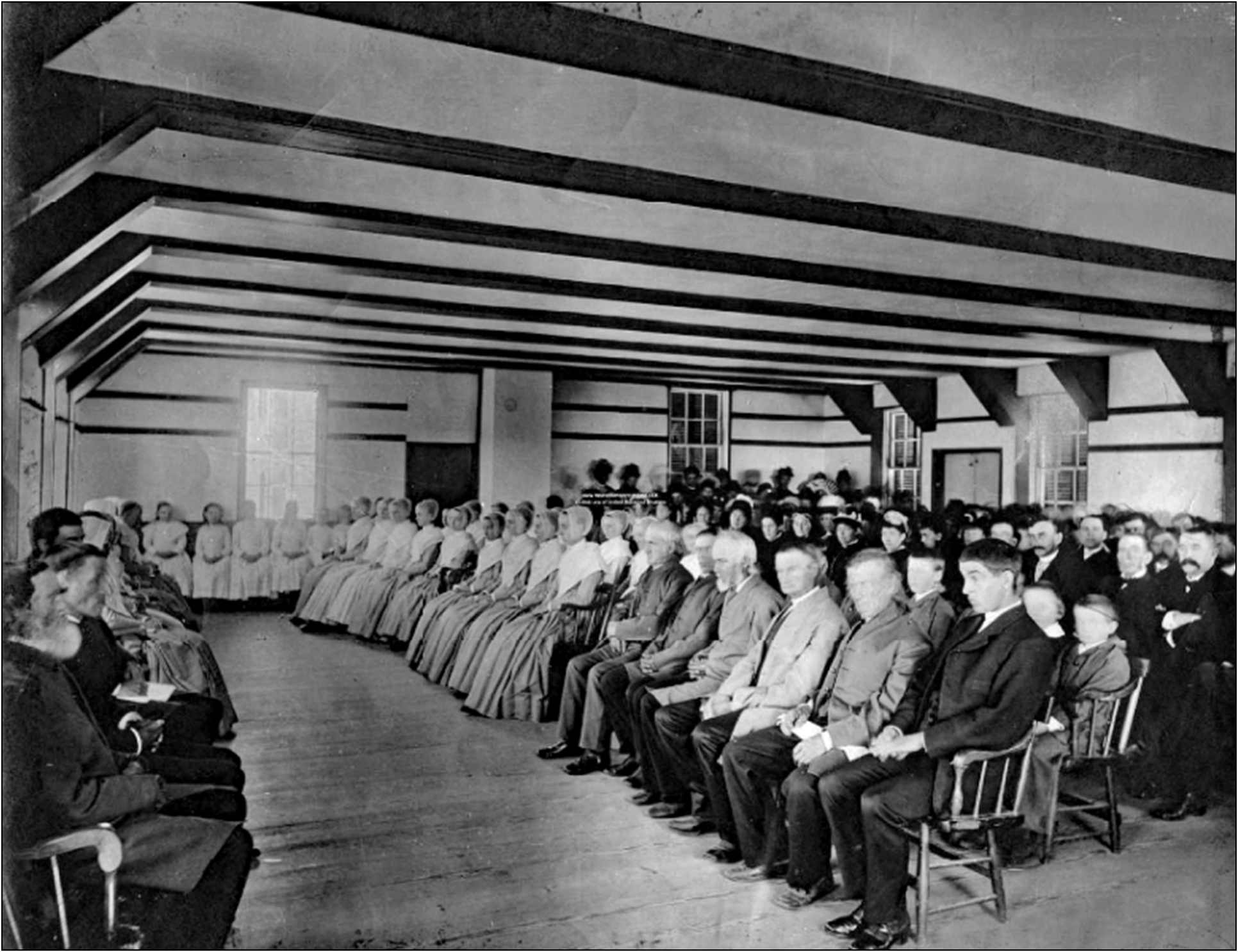
Not only were the Shakers often admired for their economy and keen business acumen, they were also well-known for their tradition of charity. The word “charity” derives from a Greek root that can also be translated as “love,” and charitable acts undertaken by Shaker communities were understood by Believers as acts of reciprocal love. The communal lifestyle and pacifist ethos of the Shakers reinforced this tradition of giving. Joining the Shakers meant subsuming one’s identity and surrendering all worldly possessions into a greater whole. As the Sabbathday Lake Shakers state: Those who give up all material things for the sake of the Gospel learn by that same Gospel that they may learn to live without assurance of the morrow in joyous confidence that they will lack nothing. Giving was an act of love and also an expression of faith that, if they gave away what they held today, their God would provide what was needed tomorrow.
The Shakers lived separately but were far from isolated and kept well-informed about events of “The World.” One of the farthest-flung charitable acts is noted in the journals of Elder Jessie Wells who wrote on December 6th, 1832: Stephen [Wells] went to Albany with a donation for the inhabitants of Cape de Verde Islands. The nature of the donation is not known, nor what spurred the Watervliet Shakers to aid a Portuguese colony nearly 3,500 miles away off the coast of modern-day Senegal. However, after visiting the Islands in 1832, American Diplomat Edmund Roberts had noted great suffering caused by a two-year drought. Perhaps word of this trouble had reached far-off Albany?
They also responded to a more well-known issue as noted in the Journals on March 18, 1847: Charity seems to call aloud upon all to do something for the relief of the Irish who, according to report, are dieing [sic] off by the thousands for want of the necessities of life. The potato crop (the staff of life among the poor people of Ireland) entirely failed last season and a famine seems to prevail. The brethren and sisters are engaged
accumulating something, not only our family but the whole Society. . . The Society and Lebanon have forwarded nearly $700 worth of clothing and provisions.
Closer to home, the Shakers often helped others in times of disaster. Watervliet journals record on August 30, 1836: There had been a fire in Hudson a few weeks ago which destroyed about 1/3 of the city and the ministry thought it best to make a donation which we freely did and some of the deacons have gone to Hudson with it. The trip by horse and wagon was easily a two-day journey, a considerable investment of time and energy in addition to the gift itself. Their generosity was matched by other Shakers, as noted on August 31st: Deacons reported that Hudson appeared to feel very thankful. It was thought there was about $1200 from Lebanon, Hancock & Watervliet [equivalent to over $30,000 in today’s dollars].
Fire surfaces again in the journals on May 10th, 1862: Great fire in Troy. 1000 ft. of bridge, buildings, Union Depot, Orphan Asylum, Warrens Female Charity School, Union House Hotel, Washington & Fulton House Hotels, Troy City Bank, 4-5 churches destroyed. The Watervliet journals recorded on May 27th that The 4 Shaker families sent four wagonloads for the suffering in Troy.
While citywide fires are less of a concern today in the Capital District, flooding remains a frequent worry. However, no flood has yet broken the record of the “freshet” in February, 1857. A “break-up event,” this
flood was precipitated by ice jams at the sandbars south of the city, which broke and released 21.7 feet of floodwaters over the docks and main thoroughfares of Albany. Church Family Journals on February 10th note: Bad flooding of both Mohawk and Hudson Rivers with ice jams. Broadway in Albany is completely flooded. Two weeks later, on February 24th: A team and wagon from each family go to Albany with food ‘as a charitable donation to the afflicted inhabitants of the city’ who are still suffering from the flood.
Charity among the Shakers often extended to members of their own communities. In 1868, a calamity struck the South Family on September 24th: Our beautiful drying kiln caught fire. . .and was completely consumed with the woodhouse attached to it. Brethren from the other families came to help us save our other buildings. The other three families gave them a combined total of 40 barrels of apples, and the West Family allowed them to use their kiln to dry the apples.
Suspicion and distrust of Shaker communities continued throughout their history, and arson was a frequent worry. Hancock’s famous 1826 Round Stone Barn was destroyed by fire in the winter of 1864. Shaker communities rallied to support the rebuilding effort. An April 20, 1865 journal records: [New Lebanon Church Family] donate $500 to Hancock CF for the loss of their stone barn; Lebanon to give $1000; Watervliet $700; Maine societies $100; Canterbury & Enfield $500. After arson destroyed barns at the Watervliet West Family on October 29 and the South Family on November 5th in 1872, other communities responded: On 17 Nov. Elder Giles [Avery] read some letters, two from Harvard sympathizing with us in our loss, one from Elder Peter Long of Groveland. He has kindly sent Alexander [Work] 20 bbls. of wheat flour and 5 of graham, a noble gift and kindly accepted.
Although Shakers lived communally and were led by the central Ministry in Lebanon, the economies and finances of each settlement were maintained separately. However, when Shaker settlements faced financial difficulties, the Ministry would intervene to organize donations. The Ministry’s journals devote an extensive passage to troubles faced by Shirley, MA after an 1857 flood: 15 Jan The donation [for Shirley] is in consequence of their reservoir above the factory breaking away last July & doing much damage, the Believers’ loss was estimated to be near $5000 and it was proposed to make them a donation as follows: for those societies which had lent them money to deduct a suitable sum & for those who had Not [to donate] something. The Society at Lebanon to make out $700, Watervliet $500, Groveland $300, Hancock, Tyringham & Enfield Ct. $1000, Harvard $500, Canterbury & Enfield NH with what little the people in Maine will turn out $1000. This we hope will enable them to get along without borrowing more money from the world, Which is a violation of Shaker principles & no Believer Ever ought to allow themselves to run in debt to the world.
The Maine community experienced an extended stretch of troubles which threatened their future: 1860 14 Oct [New Lebanon] Meet with all the elders & deacons to discuss what to do about the debt of the Maine Shakers–$16,000–whether to break it up (both Gloucester & Poland) & sell its possessions to pay its debts, or to raise some money from all the societies to loan them to keep going & work their way out of debt.” Fortunately for the Maine Shakers, the Ministry called on other Shakers to provide: Decide on the latter & prepare a letter to go out to raise $4000 as a donation to give them Jan. 1,1861, or before.
Aside from responding to traumatic events, the Shakers of Watervliet were well-known locally for caring for the poor and indigent, and for providing shelter, food, and education, particularly to widowed women and orphaned or abandoned children in their care. Many journal entries attest to their generosity:
~ 1843 3 Apr: “Justice [Harwood] took a donation to the orphan asylum.”
~ 1874 19 Feb: “Sent donation to the soup house in Albany in common with other [Shaker] families.”
~ 1915 13 Oct: “The Catholics call on their usual rounds, our folks always donate something.”
Indeed, many knew that they could approach the Shakers for assistance. David Austin Buckingham received a letter of January 8, 1858 from Mrs. Mary Pruyn, a well-known figure in Albany who founded two Industrial Schools and a “House of Shelter” in the city before travelling to Yokohama, Japan in 1871 as a missionary. She wrote:
There is a school here in Albany under the charge of a society of ladies, which is designed for the poor children who are too degraded & filthy to be admitted to the public schools. We take these children from the street, keep them all day, and give them their dinner. We have at present an average attendance of 110. It has been suggested that as your Society are proverbially charitable and kind, you might be disposed to give us a donation of provisions, and it is to ask this generosity that I take the liberty to write. If you are willing to give us anything you may either bring It to my house, No Q 109 North Pearl St., or to the school, No 48 Philip Stn & be assured your charity will be worthily bestowed and highly appreciated. Yours, etc. Mary Pruyn.
In response to her request, the Church and West Families sent 3 1/2 barrels potatoes; 2 bushels apples, 2 barrels onions; 1 barrel each of beets, parsnips, carrots, and turnips; two dozen No 4 brooms and 1 dozen brushes. We can only imagine that the children were well-fed and their school rooms were quite tidy the following week!
The charity work continued in the 20th century even as the Shakers worked to sustain their dwindling community. In January of 1919, Sister Anna Goepper wrote: “Everybody that can is busy knitting, crocheting and sewing. Folks doing a lot of Red Cross work. Made 30 outing shirts and 4 large heavy square shawls knit & crocheted to be sent to the Belgians. Our family have done a great amount of Red Cross work which of course is free, also Eld. Anna has given & donated a vast amount in clothes, woolen goods and money.” By February, Anna reported “[our] folks (Eld. Caroline [Tate], Lucy [Bowers], Mary [Dahm], Susan, Eld. Anna & girls) have made for Red Cross lately 25 baby slips, 200 laundry bags, 4 large heavy woolen shawls, 15 baby hoods, 6 pr baby booties – for Belgian refugees.”
For over 150 years, the Watervliet Shakers took in hundreds of people who arrived seeking shelter, if not also a spiritual home. They fed, clothed, and trained adults and children, and put enormous effort into building and sustaining their own population. Their acts of charity, small and large, illustrate that they also demonstrated compassion and a generous sense of communal responsibility to those far beyond their own settlements.
Resources: Sabbathday Lake Shakers website: www.maineshakers.com/beliefs
New York Times May 11, 1862. “The great fire in Troy destroys between 500 and 600 buildings.”
National Weather Service. “Major Floods.”
Watervliet Shaker Journals
Putnam, Mary. 1876 Grandmama’s Letters from Japan.
